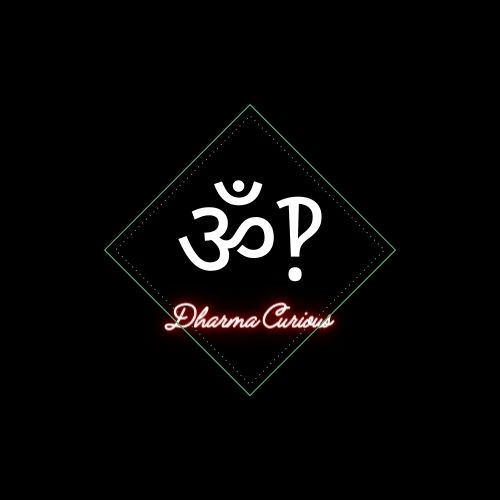If you like footnotes, you’d love House of Leaves.
It’s got footnotes, it’s got two-page long foot notes, it’s got footnotes within footnotes!
Structurally, the most challenging book I’ve ever read was “The Message of THE QUR ĀN” by Muhammad Asad.
Start with the fact that the QUR ĀN itself is extremely non-linear. So much so that I think that this alone requires a great deal of study to address.
The text is 2 columns, the original Arabic adjacent to his English translation. There are copious and often long footnotes. The footnotes cross reference other footnotes, sometimes in chains. I read only the English.
I had to read it 4 times. Once just ignoring footnotes. Again, this time including just first-level footnotes. Again, following footnote chains back to their sources in the text. Finally, to reread just the text after pretending that I had everything figured out.
It took me a year to get through it to my satisfaction, although it was not the only reading, or even major project.
No way, that’s on my to read list for completely unrelated reasons already
It’s really good, but be prepared for a wild reading experience. You have to get it in print in their new(ish) full color format. Because the medium of the content is as important to the experience as the content itself.
And it’s loooong
This is all nice and well, until your footnotes are half a page of explanation that was impossible to fit in the text directly.
At that point, I think pulling it out to an appendix is the right thing to do. Whenever I find a book with appendices, I do one of two things.
-
If an appendix looks like “prerequisite” material, I read it first.
-
If it looks like “further reading” or “deeper dive” material, I note where it’s referenced in the main text and return to it later.
The main reason I prefer footnotes to end notes is the separation of concerns. When a book has end notes, they are usually mixed with citations. I don’t mind managing 2 bookmarks or the eReader linking back and forth, but I really dislike following the reference to find that it just points at a whole other book.
-
I really like when e-readers show footnotes as pop-ups.
Reminds me of reading the print version of Infinite Jest by David Foster Wallace, where you needed one bookmark for the novel and another for the endnotes, which made up like 20% of the book. Hopefully e-readers make that easier now.
Tolkien had a very unique medical condition; absolutely massive appendix
Depends on the reader I suppose. But in my expirances, its much much worse. You see, in a book you can quickly flip back and forth between pages. Moving bookmarks takes no effort. On a ereader you have to pick your page via a menu, go go your book marks via different menu. Delete bookmark via menu
Menu menu menu click click click its awful.
Got a book with a map at the front? Well you better memorize it because its not worth the effort to flip back and forth when ever some location comes up.
On the phone I think I would use two e-reader apps and just switch them. :-D
Gotta mention House of Leaves, too. Another double bookmark book.
It’s my experience that they’re depicted as somewhat awkward hyperlinks in the book to the (howeverthefuck thevpublisher formatted them) footnotes and back.
Getting my bachelor’s online, and I just had to use Chicago style for the first time. I’d only used APA before now.
Holy shit did I love it. Erhmhagerd, it was so great.
I usually have to make a copy of whatever paper I’m reading so I can just glance over.
Imagine having to copy an entire paper just to make the reference section accesible.
Reminds me of when Thomas Hearne’s nonsensical footnotes led CGP Grey to waste months of his life investigating the Brittany Tiffany poem.
House of Leaves moment
In text is the superior citing method (Me, 2024)^1.
If you are an expert in this field you know the source by name and year and don’t need to interrupt your reading by skipping to the end of the page.
^1: see how annoying this is? And its only 4 lines.







